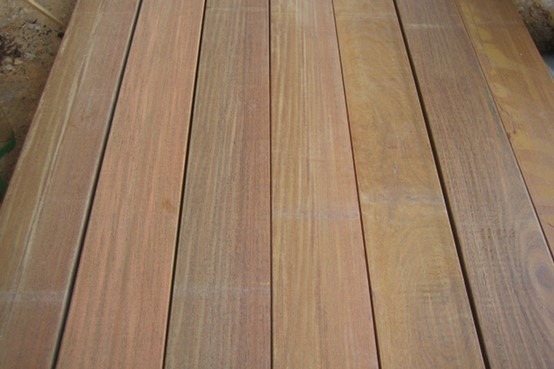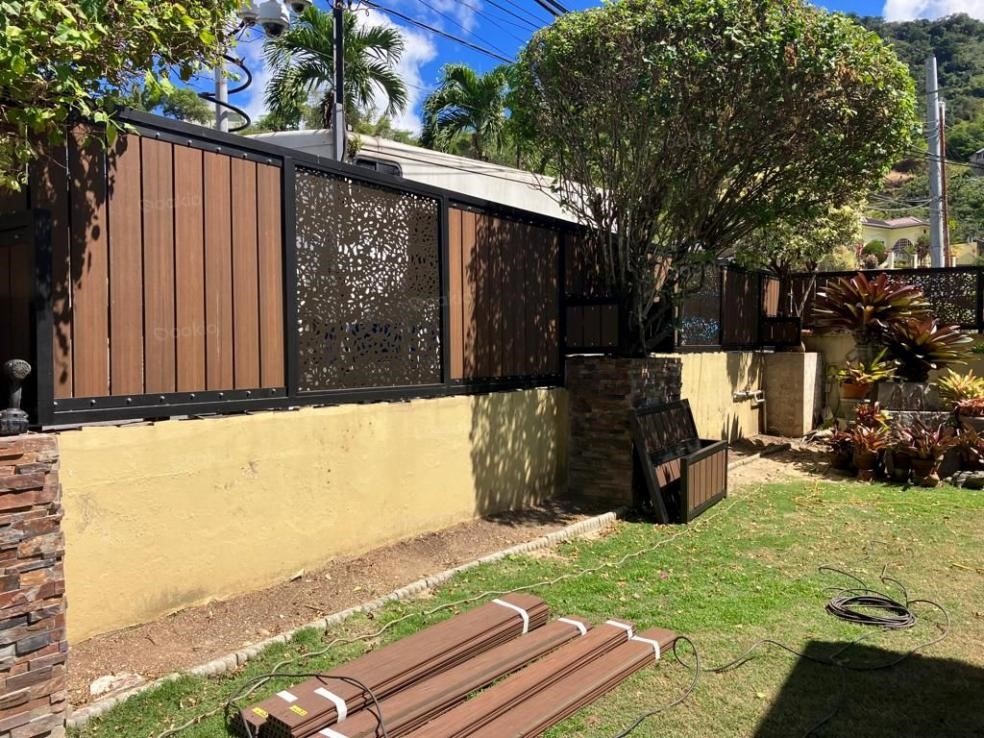Is WPC Cladding a Wise Choice for Exterior Walls?
The exterior of a building not only serves as its protective shield against the elements but also contributes significantly to its aesthetic appeal. Selecting the right exterior wall materials is crucial for maintaining the structural integrity of a building while enhancing its visual appeal. Wood Plastic Composite (WPC) cladding has gained popularity as a viable option for exterior walls in recent years. In this article, we will explore the advantages and considerations associated with WPC cladding to determine whether it is a good choice for exterior walls.
Understanding WPC Cladding
Wood Plastic Composite (WPC) is a hybrid material composed of wood fibers or flour and thermoplastics such as polyethylene, polypropylene, or polyvinyl chloride. The combination of wood and plastic results in a material that possesses the natural appearance of wood while offering enhanced durability, resistance to moisture, and low maintenance requirements. WPC cladding is designed to be used as exterior wall material, providing both protection and an attractive finish.
Advantages of WPC Cladding for Exterior Walls
1. Aesthetics
The surge in WPC cladding’s popularity can be attributed to its aesthetic allure, seamlessly emulating the natural warmth and appeal of wood. This versatile material comes in an extensive range of colors and finishes, enabling easy customization to complement any building’s architectural style. The mimicry of wood’s natural look not only enhances the visual appeal of structures but also offers a warm and inviting ambiance. With WPC cladding, the fusion of aesthetic charm and architectural harmony becomes effortlessly achievable, making it a favored choice for those seeking both beauty and adaptability in exterior wall design.
2. Durability
WPC cladding stands out for its exceptional durability, rendering it ideal for exterior use. Unlike conventional wood, WPC showcases resistance to rot, decay, and insect damage. Its robust composition enables it to endure challenging weather conditions, such as rain, sunlight, and temperature fluctuations, without succumbing to deterioration over time. This unparalleled durability not only ensures the sustained integrity of the cladding but also significantly contributes to the overall longevity of the building’s exterior.
3. Low Maintenance
Unlike traditional exterior wall materials, WPC cladding eliminates the need for frequent painting or staining, streamlining upkeep efforts. Cleaning becomes a breeze with the straightforward application of soap and water, reducing the time and costs associated with maintaining a building’s exterior. This convenience makes WPC cladding an attractive choice for individuals seeking a hassle-free solution for their exterior walls.
4. Environmentally Friendly
By incorporating recycled materials like wood waste and sawdust, it actively diminishes the demand for virgin wood, promoting sustainable practices. The integration of thermoplastics further enhances its green profile, making WPC cladding a recyclable material that aligns with the construction industry’s sustainability goals. This conscientious approach not only reduces the ecological footprint by repurposing waste but also fosters a circular economy within the construction sector.
5. Limitless Design
A key advantage of WPC cladding lies in its unparalleled customization options, offering customers a spectrum of colors and design possibilities. Unlike traditional exterior wall materials, WPC cladding allows individuals to tailor their outdoor spaces to personal preferences, providing a diverse palette to complement any style or architectural theme. With a vast array of colors and finishes available, customers can effortlessly express their creativity and design a unique cladding that seamlessly integrates with the aesthetics of their surroundings. This level of customization ensures that WPC cladding not only enhances the structural integrity of outdoor spaces but also adds a touch of individuality and charm.

Considerations and Challenges in WPC Cladding
Investing in Wood Plastic Composite (WPC) cladding offers a plethora of benefits, but prospective users must navigate through considerations and challenges to make informed decisions.
1. Cost Considerations
While the advantages of WPC cladding are undeniable, one must weigh them against the upfront cost. WPC materials may be pricier than traditional wood or alternative cladding options initially. However, it’s crucial to recognize the potential for long-term savings in maintenance costs. The durability and low maintenance requirements of WPC may offset the initial investment over time, providing a cost-effective solution in the grand scheme.
2. Installation Expertise
The proper installation of WPC cladding is paramount to its performance and longevity. Hiring experienced professionals familiar with the specific requirements of WPC installation is strongly recommended. Without proper installation, issues such as warping or buckling may arise over time, compromising the effectiveness and aesthetics of the cladding. Ensuring a skilled installation team is in place is an investment in the structural integrity and overall success of the project.
3. Color Fading Mitigation
Exposure to sunlight is inevitable, and over time, it may lead to color fading in some WPC cladding. To address this challenge, it is advisable to choose WPC cladding equipped with UV-resistant coatings. These coatings act as a protective barrier, mitigating the impact of prolonged sunlight exposure and preserving the vibrant colors of the cladding. By making a conscious choice in selecting UV-resistant WPC cladding, users can extend the aesthetic life of their cladding while maintaining its visual appeal.

Conclusion
WPC cladding presents a compelling option for those seeking an aesthetically pleasing, durable, and low-maintenance solution for exterior walls. Its ability to combine the natural look of wood with enhanced durability and environmental benefits makes it a popular choice in the construction industry. However, it is essential for potential users to weigh the advantages against considerations such as cost and installation requirements. As with any exterior wall materials, thorough research and consultation with professionals can help determine whether WPC cladding is the right choice for a specific project.
Trending Reading
What Are the Differences Between the WPC Board and PVC Board?
[2024 Update] How Long Does WPC Decking Last?











